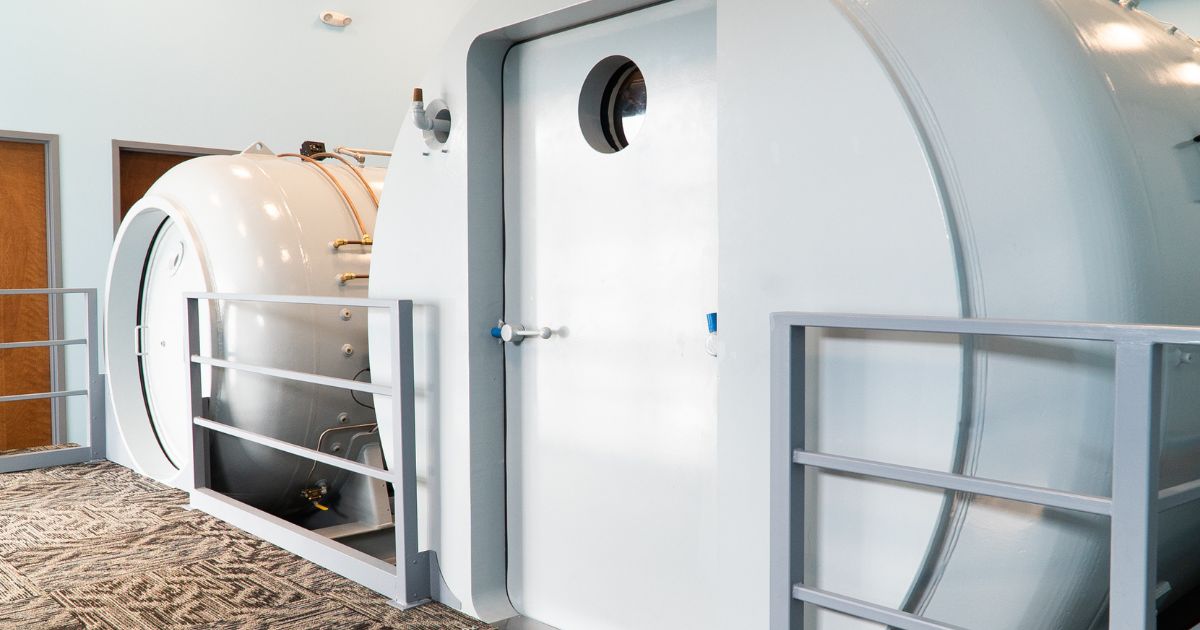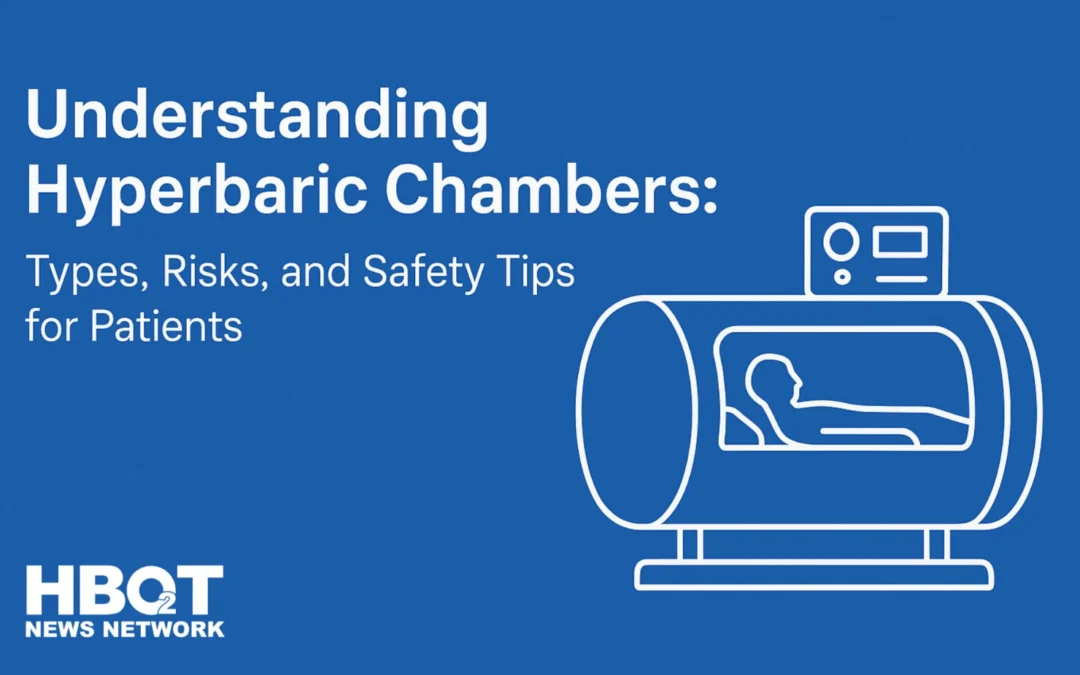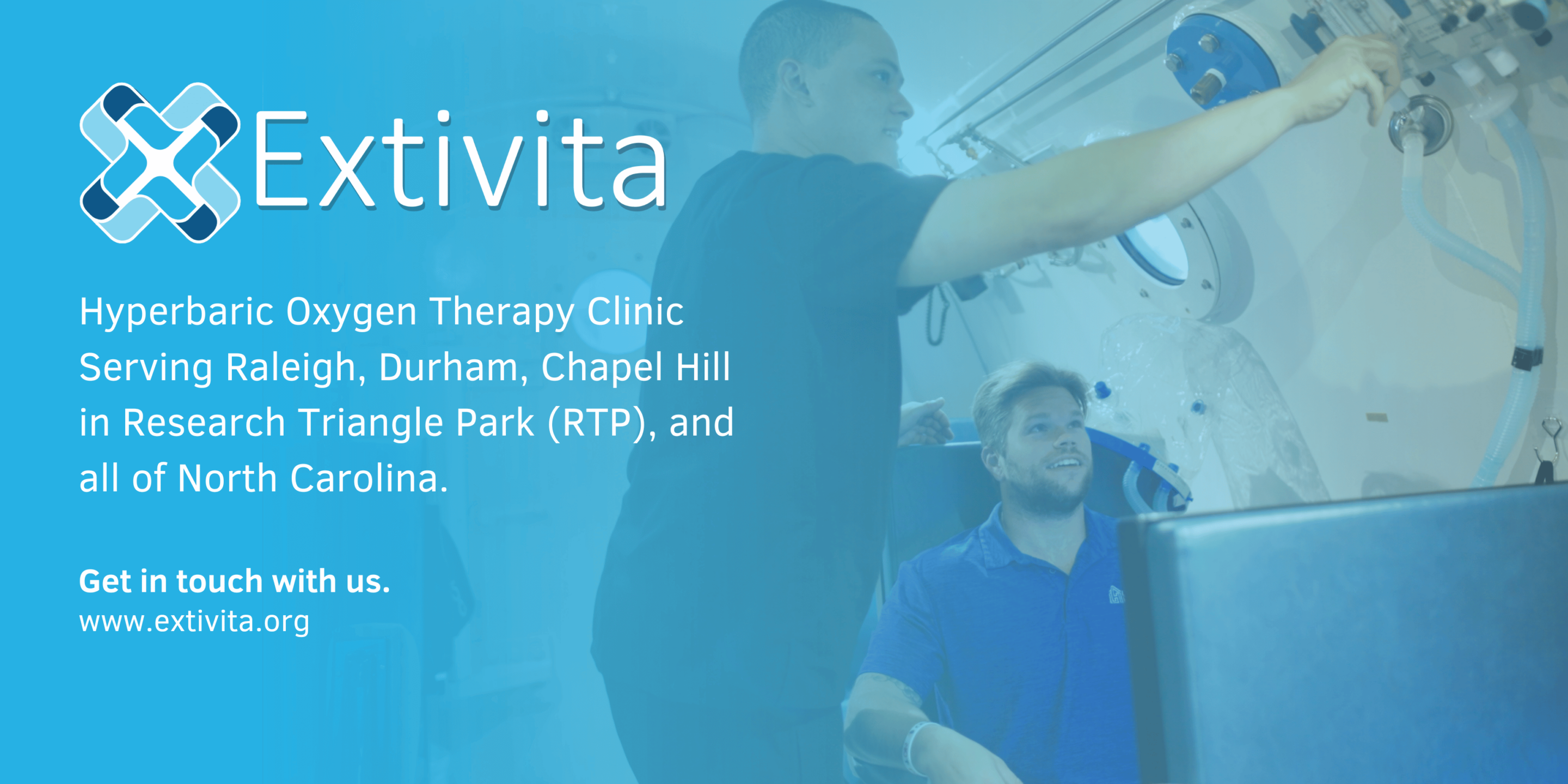
Femoral-head avascular necrosis (FHN) is a debilitating condition where bone tissue dies due to a lack of blood supply, often leading to joint collapse. Commonly associated with prolonged corticosteroid use and autoimmune diseases such as systemic lupus erythematosus (SLE), FHN causes severe pain and significantly impacts daily activities. Hyperbaric Oxygen Therapy (HBOT), which involves breathing pure oxygen in a pressurized environment, has shown potential in treating FHN by enhancing oxygen delivery to damaged tissues. This increased oxygenation can reduce pain, promote healing, and decrease inflammation, offering a non-invasive alternative to surgery.
Hyperbaric Oxygen Therapy: The Science and Evidence
Hyperbaric Oxygen Therapy (HBOT) operates on the principle of delivering high concentrations of oxygen to the body under increased atmospheric pressure. This process has several therapeutic effects, particularly beneficial in treating conditions like femoral-head avascular necrosis (FHN).
Increased Oxygen Delivery: In an HBOT chamber, patients breathe 100% oxygen at pressures greater than normal atmospheric pressure, typically between 1.5 and 3.0 ATA (atmospheres absolute). This significantly increases the amount of oxygen dissolved in the blood plasma, enhancing oxygen delivery to tissues with compromised blood supply.
Enhanced Oxygen Diffusion: The elevated oxygen levels improve the diffusion of oxygen into areas with poor circulation, such as necrotic bone tissue in FHN. This helps to meet the metabolic demands of the affected cells and tissues, promoting cell survival and function.
Neoangiogenesis: HBOT stimulates the formation of new blood vessels (neoangiogenesis) by promoting the proliferation of endothelial cells and the release of growth factors like vascular endothelial growth factor (VEGF). New blood vessels enhance blood supply to the necrotic area, supporting tissue repair and regeneration.
Reduced Inflammation: The therapy also modulates the inflammatory response. HBOT decreases the levels of pro-inflammatory cytokines and reduces oxidative stress, which helps in minimizing tissue damage and promotes healing in the affected femoral head.
Pain Relief: By reducing inflammation and edema, HBOT helps alleviate pain associated with FHN. Improved oxygenation and reduced pressure in the tissues can lead to a decrease in nerve compression and irritation, providing significant pain relief.
Bone Repair and Remodeling: The increased oxygen levels and improved blood flow support the activity of osteoblasts and osteoclasts, the cells responsible for bone formation and resorption. This facilitates bone repair and remodeling, critical for recovery in FHN patients.



Introduction
Femoral-head avascular necrosis (FHN) may be caused by local oxygen demand and inadequate supply balance. Etiopathogenesis includes hypercoagulation predisposition and microthrombosis due to, among others, autoimmune diseases or prolonged use of corticosteroids (CSs)[1]. With Hyperbaric-Oxygen-Therapy (HBOT), 100% oxygen is delivered in a pressure-controlled room (>1.5 ATA), yielding a significant PaO2 increase in tissues with compromised circulation, that allows pain relief, neoangiogenesis, and inflammatory response modulation [2,3].
We report a case of HBOT treatment for FHN pain and symptoms management in a systemic lupus erythematosus (SLE) patient under chronic use of CSs.
Case Presentation
After SLE diagnosis, a 24-year-old female received three bolus doses of methylprednisolone 1 gr iv and oral methylprednisolone 60 mg daily, tapered over two years. After six years of SLE inactivity, the patient experienced severe groin pain (NRS=8) severely compromising ambulation and daily activities. Following a negative X-ray, a pelvic MRI showed a Steinberg IIC stage avascular necrosis of the left femoral head with diffused edema.
The patient underwent 40+20 (2.5-2.2 ATA) 90-minute HBOT sessions once daily, five days a week, along with magnetotherapy and a protected weight-bearing regimen.
Results
After the first 40 HBOT sessions, the patient reported significant pain reduction in the left hip (NRS=3) but the emergence of new symptoms in the right one. Two months after the first HBOT cycle, a follow-up MRI revealed almost complete resorption of the left hip edema. However, the right hip showed a new centimetric necrotic area with associated edema, likely due to the increased load. Hence, the patient underwent a further 20 HBOT sessions.
After 60 HBOT sessions, the patient gradually stopped using crutches and resumed load-bearing with complete regression of pain in the right hip (NRS=0) and almost complete in the left (NRS=2).
Discussion
FHN diagnosis at early stages may be challenging, as negative X-ray findings may underestimate FHN presence.
In case of persistent pain, an MRI is imperative to allow for a diagnosis. Among FHN patients, the emergence of newly located symptoms imposes research for potential multifocal involvement.
Avascular necrosis is mostly seen and treated by orthopedics. Nonetheless, pain is an early symptom, and pain physicians may often be involved. The latter are anesthesiologists whose unique curriculum includes HBOT training. Given the rationale and efficacy of HBOT in FHN management, the role of pain physicians in its treatment is crucial.
Conclusion
This case report shows that HBOT can be a valuable treatment option for FHN in its early stages. It is effective for pain control and restoring function and can replace or postpone surgery.
- Cited by: Pharmacy Times
Read More
Treat the Concussion: How HBOT Is Changing the Playbook for Concussions — An Interview with Dr. Daphne Denham
By HBOT News | Interview by Dr. Xavier FigueroaThe Big Idea For decades, concussion care has leaned on “rest and wait.” Dr. Daphne Denham believes that’s the wrong playbook. Drawing on years in trauma surgery and hyperbaric medicine, she argues that a concussion...

Understanding Hyperbaric Chambers: Types, Risks, and Safety Tips for Patients
Hyperbaric Oxygen Therapy (HBOT) is gaining recognition for its ability to support healing, reduce inflammation, and improve neurological and physical outcomes. While the science behind HBOT is compelling, patient safety is equally important. A critical aspect of...

Overcoming the Placebo Challenge: New Trial Confirms HBOT Benefits for TBI and PTSD
The Placebo Problem in HBOT Research Hyperbaric oxygen therapy (HBOT) has long shown promise in treating a range of neurological conditions, from traumatic brain injury (TBI) and post-traumatic stress disorder (PTSD) to post-COVID symptoms. Yet, clinical research on...

